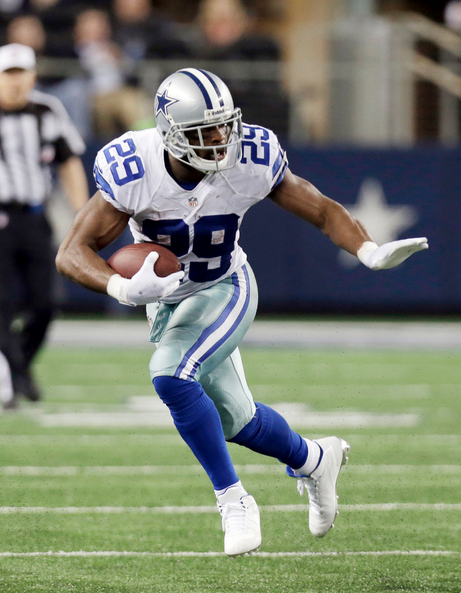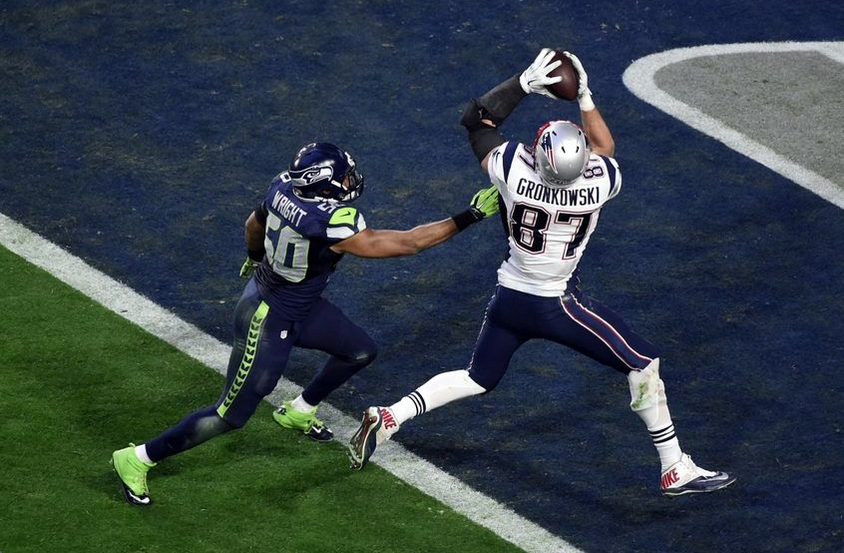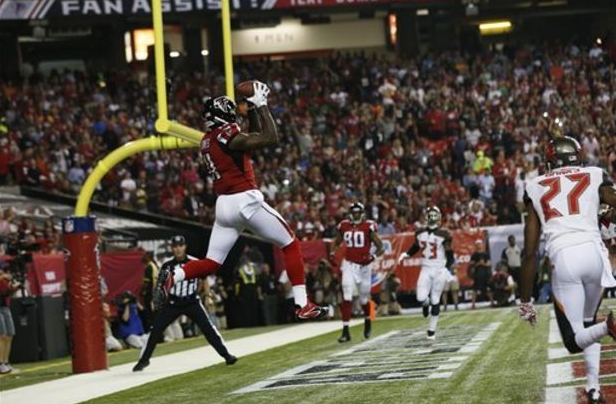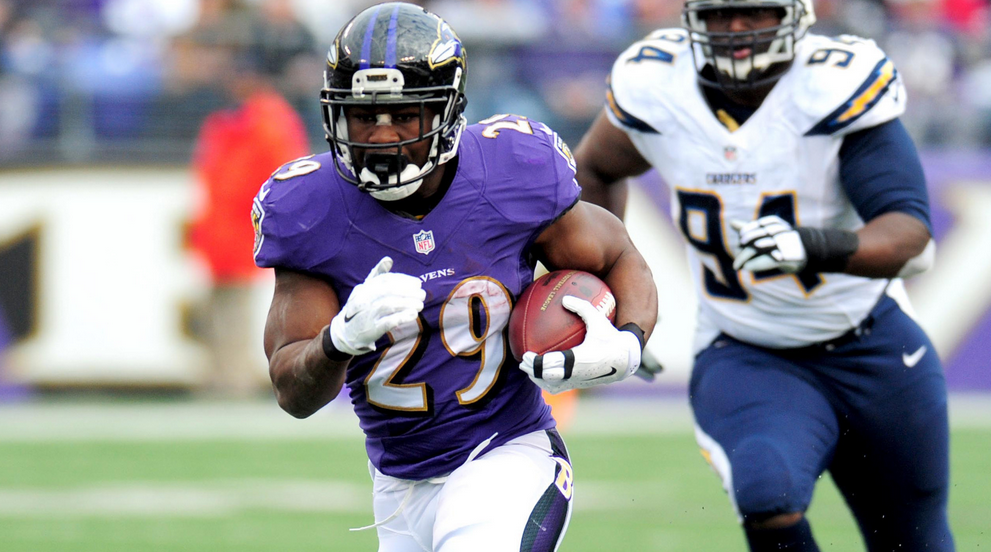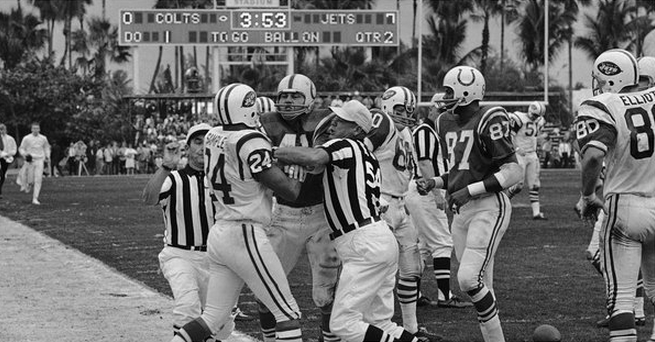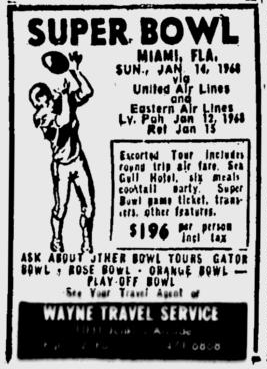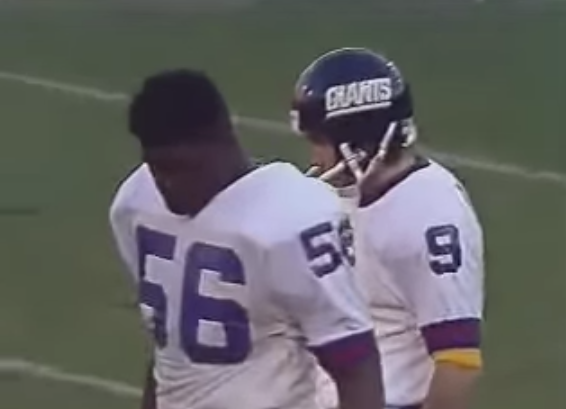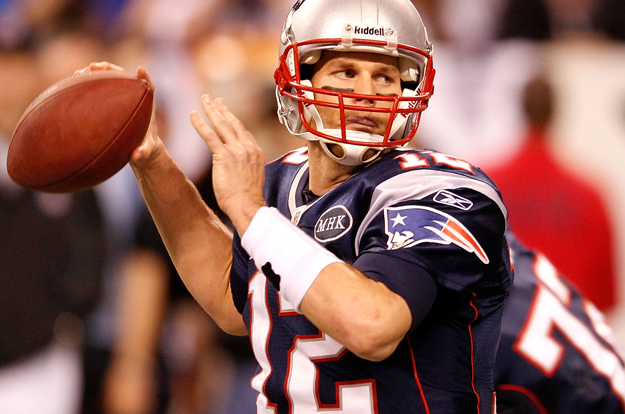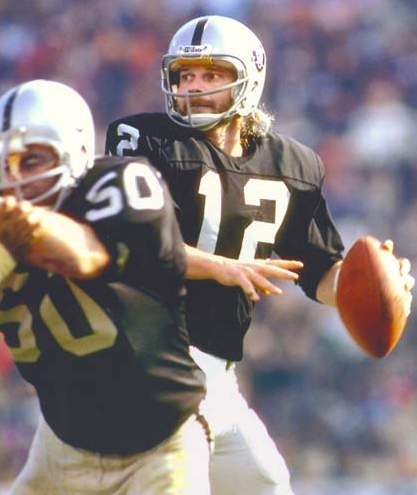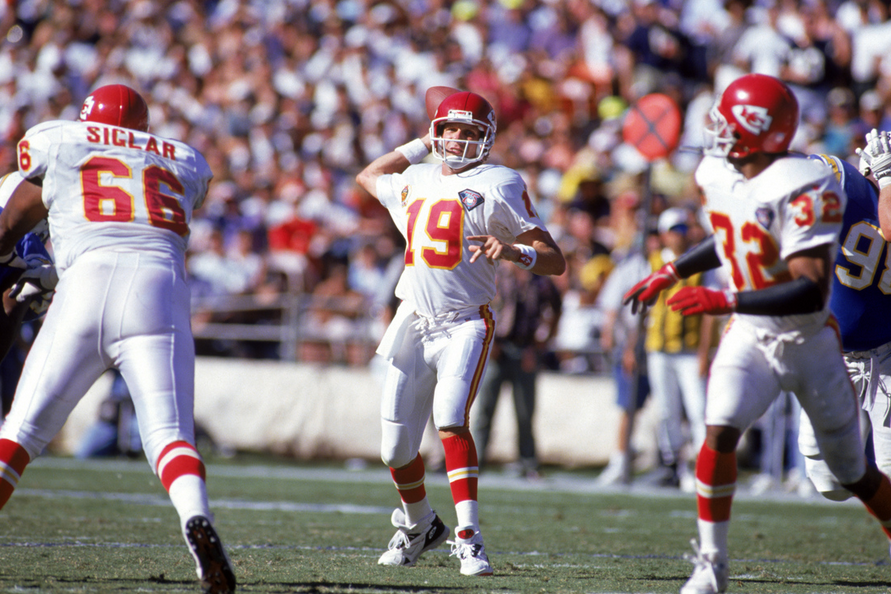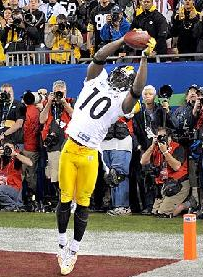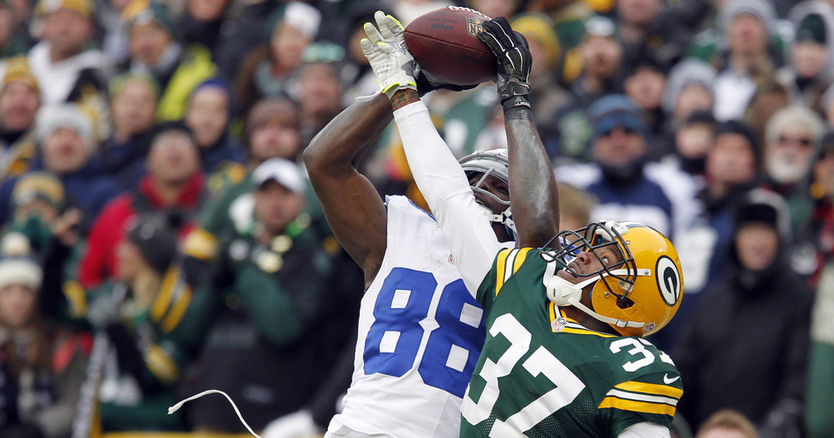Football folks have begun to worry about rushing attempts the way baseball people fret about pitch counts. Don’t get me wrong; I’m not saying these things aren’t important. It’s more a question of: How much weight do you give them?
When evaluating the free-agent value of the Cowboys’ DeMarco Murray, for instance, observers are likely to mention his 392 carries in the 2014 regular season. For one thing, it’s tied for the seventh-highest total in NFL history. For another, it isn’t particularly conducive to a back’s long-term health and productivity — especially if he’s piling postseason carries on top of it, as Murray did (44 more).
In a piece for ESPN.com, Kevin Seifert pointed to the 392 figure and added: “All six of the most recent [backs with that many attempts] fell short of 1,000 yards in the following season.” This isn’t entirely accurate. One of the six, Eric Dickerson, did rush for 1,000 yards the next season (1,288 in 12 games). And another of the six, Ricky Williams, retired after the season and didn’t return to the NFL until two years later (and only after serving a drug suspension). I’m not sure Ricky should even be part of the conversation.
Then there are Eddie George (403 carries in 2000) and Terrell Davis (392 in 1998). To me, their drop-offs weren’t the result of one workhorse season, they were the cumulative effect of years of overuse. George had 1,898 rushing attempts in his first five seasons (playoffs included) — tops in the league in that period by 147. As for Davis, he had 481 carries in 1997 and another 470 in ’98 (again, playoffs included). Those are first- and third-highest totals of all time.
My point is simply this: There are other things that should be factored into the Murray Equation. Yes, he was a busy back last season, but that hardly means his decline in imminent — or even near. With him, it’s more a matter of “How good is he?” than “How much tread does he have left on his tires?”
Consider: 70 running backs since 1960 have had more rushing attempts before their 27th birthday than Murray (928) did. For a back at this stage of his career, he’s fairly low-mileage.
Just for fun, let’s look at the backs who’ve had the most carries before turning 27 (one final time: playoffs included) — and see how many attempts they still had in them:
MOST RUSHING ATTEMPTS BEFORE 27TH BIRTHDAY
[table]
Seasons,Running back,Team(s),Pre-27,High,Post-27
1990-04,Emmitt Smith,Cowboys/Cardinals,2\,286,451,2\,472
1999-09,Edgerrin James,Colts/Cardinals,1\,972,408,1\,274
1993-05,Jerome Bettis,Rams/Steelers,1\,893,423,1\,785
1989-98,Barry Sanders,Lions,1\,826,365,1\,327
1995-05,Curtis Martin,Patriots/Jets,1\,792,418,1\,908
[/table]
(Note: “High” = most carries in a season before turning 27.)
Interesting, no? Smith and Martin actually had more rushing attempts after their 27th birthday. Bettis, meanwhile, had almost as many and it might have been the same for Sanders if he hadn’t retired at 30 (after a 1,491-yard season). At any rate, next to these guys, Murray’s workload seems pretty modest.
Note, too, that four of them had 400-carry seasons before turning 27 — but still had plenty of gas left in the tank.
Now let’s look at the backs who had the most carries after their 27th birthday:
MOST RUSHING ATTEMPTS AFTER TURNING 27
[table]
Seasons,Running back,Team(s),Post-27,High,Pre-27
1990-04,Emmitt Smith,Cowboys/Cardinals,2\,472,366,2\,286
1975-87,Walter Payton,Bears,2\,435,427,1\,583
1971-85,John Riggins,Jets/Redskins,2\,239,462, 928
2000-11,Thomas Jones,Cardinals/4 others,2\,064,376, 739
1977-88,Tony Dorsett,Cowboys/Broncos,2\,050,380,1\,188
1972-84,Franco Harris,Steelers/Seahawks,1\,984,374,1\,365
1995-05,Curtis Martin,Patriots/Jets,1\,908,408,1\,792
1982-97,Marcus Allen,Raiders/Chiefs,1\,871,259,1\,418
1993-05,Jerome Bettis,Rams/Steelers,1\,785,355,1\,893
1997-08,Warrick Dunn,Bucs/Falcons,1\,671,297,1\,134
[/table]
(Note: “High” = most carries in a season after turning 27.)
Eight of the 10 in this group had more rushing attempts before they hit 27 than Murray (978) did — in many cases a lot more. So why is everybody so concerned about DeMarco’s longevity? Sure, he had some nicks earlier in his career, but nothing major. He might have some very good years ahead, just as these backs did. Heck, Payton, Riggins and Martin still had a 400-carry season in their future.
It’s something to think about as free agency approaches. There isn’t anything ominous, necessarily, about rushing the ball 392 times in a season (436 counting the playoffs). But you certainly don’t want to do it year in and year out — and it’s doubtful Murray will, no matter what team he winds up with. Coaches these days are much more aware of human limits than they used to be.
Source: pro-football-reference.com

